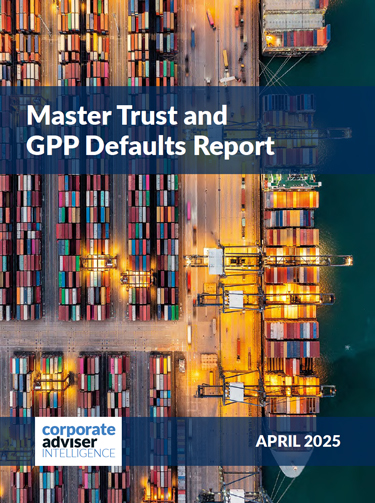SPONSORED CONTENT
Why are you worried about the way scheme members are accessing their pension benefits?
Our research shows more people access their pension benefits earlier than they need to, potentially damaging their longer term retirement prospects as a result.
Our recent study looked at when people were taking their tax-free cash from their pensions, and what they were doing with the money. The results were eye-opening, showing many people are taking their tax-free cash lump sum in full at the age of 55, often when they didn’t need to.
A large proportion are thinking about their tax-free cash as something to support short-term spending needs, with less than a quarter using these funds for their retirement income. This really highlights that money that was intended for retirement is burning a hole in savers’ pockets!
The research shows many of those withdrawing their tax-free cash have savings and income from other sources they could use instead. Half are still working and a third are working full time.
What’s more, around 30 per cent withdrawing their tax-free cash are still planning to contribute to a pension.
What are the dangers of withdrawing cash too early? What can the industry do to ensure member outcomes are not being compromised?
We know that poor decisions at retirement can lead to ‘value destruction’, damaging people’s longer-term retirement prospects. It is clear that the industry needs to work harder on the messaging and communications around taking tax-free cash, to ensure savers are in the right position to make the right decision for them and their financial futures.
Our research found most of those withdrawing tax-free cash are simply putting the money on deposit in banks and building societies, where they wil earn virtually non-existent rates of return and miss out on the tax-free growth potential they could have had if they’d kept it in their pension.
Since 2015, pension freedoms have allowed unlimited withdrawals of taxable pensions, in addition to tax-free cash. But because withdrawals are taxed as income, those taking out large amounts can unwittingly incur hefty tax bills. What’s more, taking a single pound of taxable benefit could cut the saver’s annual allowance from £40,000 a year to just £4,000.
We need greater public awareness of the negative consequences of withdrawals. We also need to make it easier for people to make smaller withdrawals if they need to tap into their pension.
Why are so many people withdrawing their tax-free cash in full at age 55?
Lots of people say they don’t understand pensions. But we have found the one benefit they do know about is tax-free cash. People are aware that they have the right to take this money, tax-free, and don’t want to miss out on this opportunity. But there is still a clear misunderstanding that money that was saved for retirement is now seen more as a windfall. The industry needs to do better at educating members on the long-term financial impacts this may have.
What our research really brought to light, and a reason why many were taking their full 25 per cent at 55, was a real lack of trust in pensions, with many members fearing this benefit would be taken away. The government needs to reassure savers that this benefit is here to stay!
With so few DC members paying for advice, what can the industry do support members and help them make better decisions?
Our research suggests only 14 to 15 per cent of DC members seek paid-for advice on their retirement options. We would like to see regulators, the Government and the industry work together to develop new rules to facilitate simplified advice and personalised guidance to allow providers, employers and consultants to support members to make better decisions at retirement.
Will the pension dashboard help scheme members make better decisions about their retirement?
The pensions dashboard should give members a more complete picture of their retirement savings, and we hope this will help them make better decisions about when to take their tax-free cash, and what this money should be used for.
But the pension dashboard initiative also needs to be supported by a better framework of advice and guidance options. We have put in place a whole range of tools to help engage, educate and inform members. This includes retirement planning tools and video benefit statements, showing how much people need to save to generate a desired retirement income. We want to encourage people to think about why they are taking this money, and whether they might be better off accessing other sources of income or savings.





